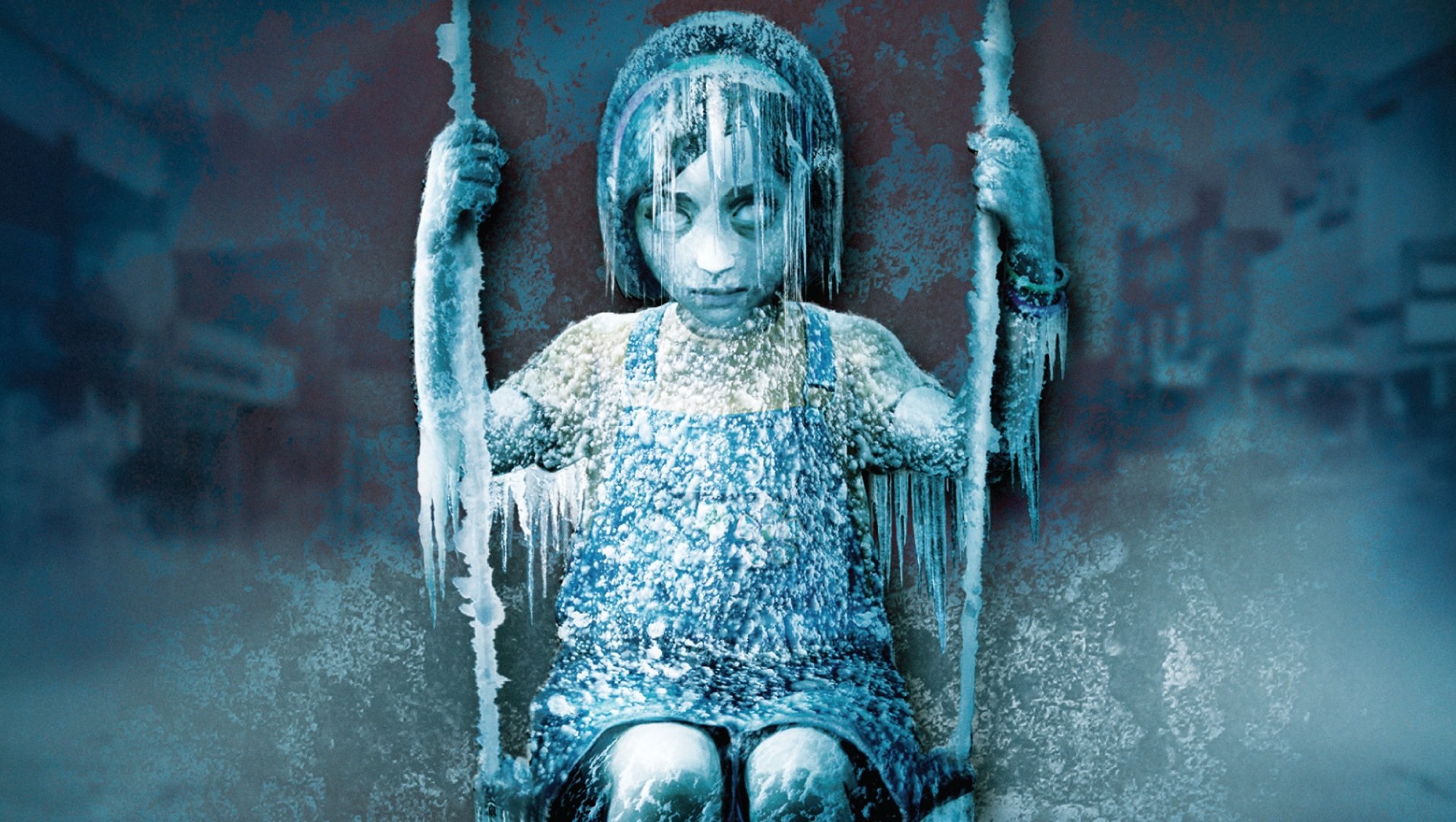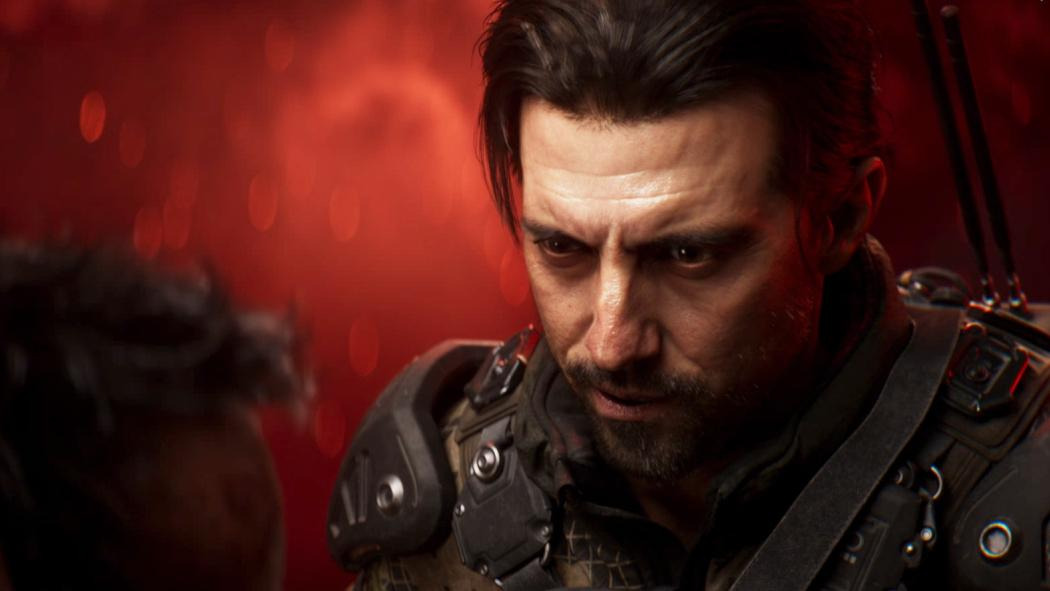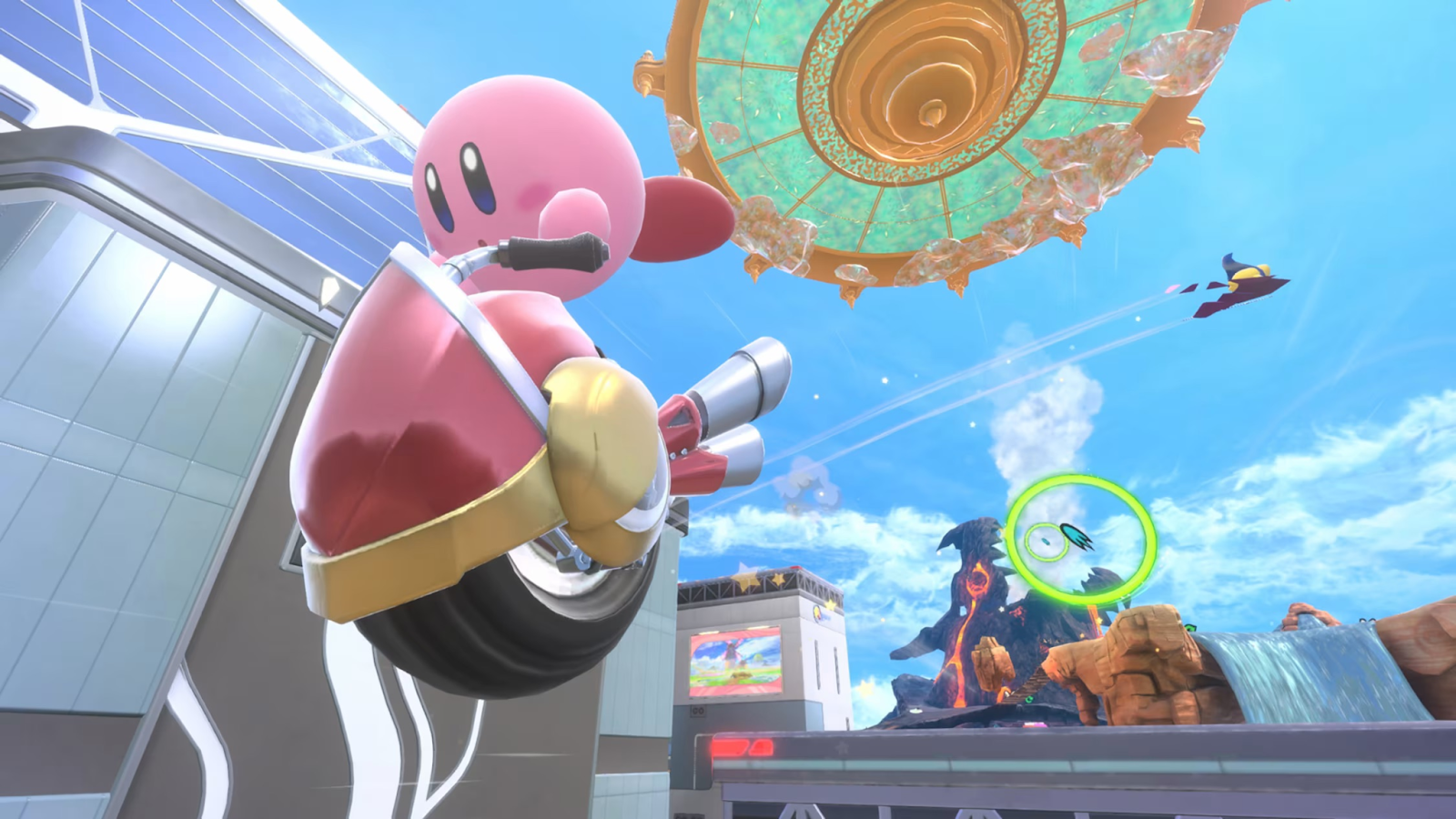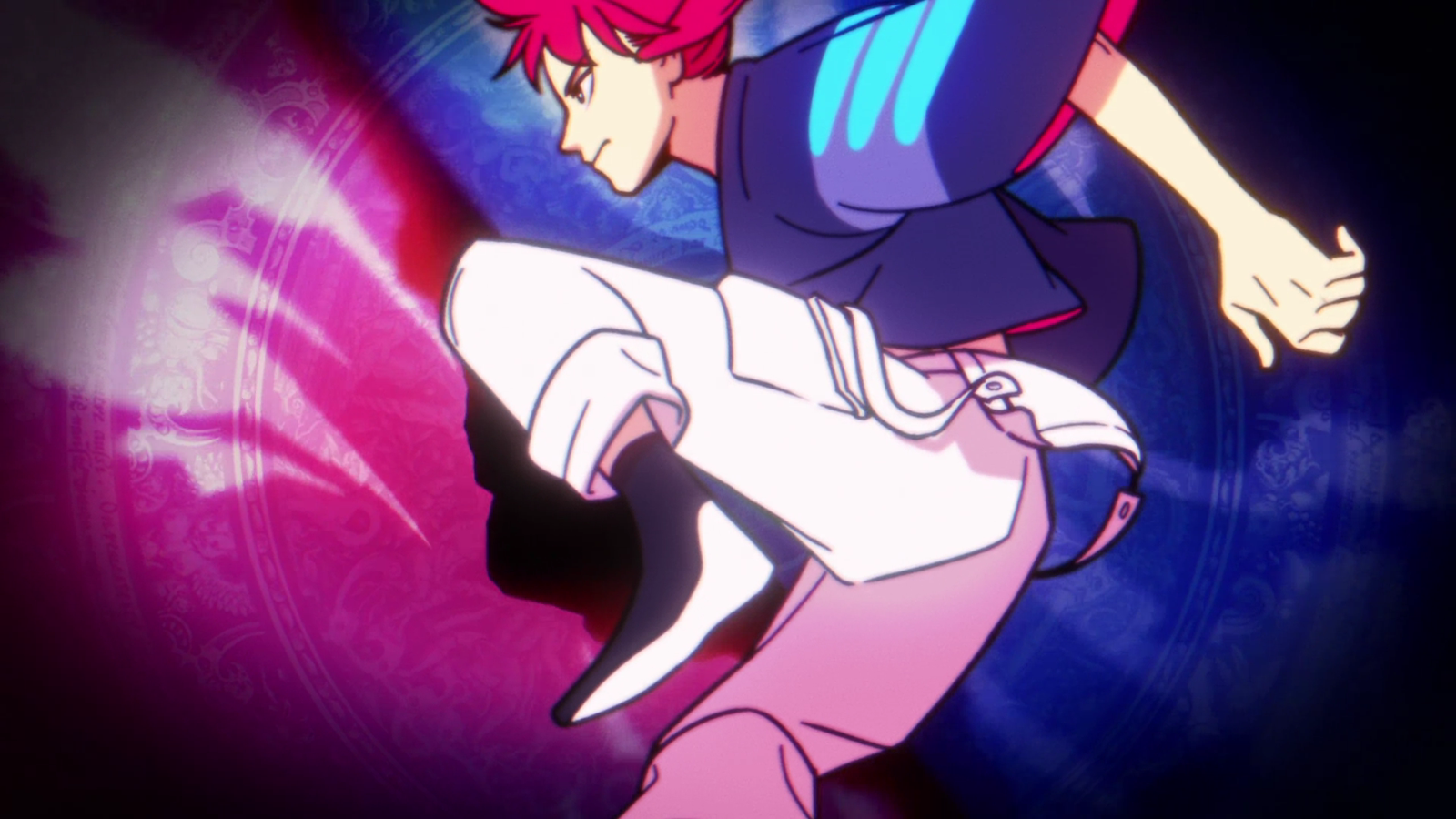You can trust VideoGamer. Our team of gaming experts spend hours testing and reviewing the latest games, to ensure you're reading the most comprehensive guide possible. Rest assured, all imagery and advice is unique and original. Check out how we test and review games here
It’s fair to say that the Silent Hill franchise has suffered a bit of an identity crisis over the past half-decade or so. Silent Hill 4 toyed with a first-person perspective for half of its duration, forcing the player to skulk around in a dingy apartment (at the time one editor – who shall remain nameless – got so confused by this that he spent an hour in the very first room, waiting for something to happen). After that Konami’s own Team Silent surrendered control of the series, passing the development baton to Western developers. The most recent effort, prior to Shattered Memories, was Double Helix’s Silent Hill: Homecoming. It was a fairly decent attempt to ape the feel of the old games, though its only real claims to innovation were an increased focus on melee combat, and the occasional shock of grisly, Saw-like violence.
Shattered Memories takes a very different approach. New ideas are to be found in abundance here: there’s no combat, for a start – only occasional Nightmare sequences in which the player must flee or hide from pursuing monsters. Much of the game is spent exploring creepy, abandoned locations, solving puzzles and picking up messages from what appear to be haunted parts of the environment. Rather than a gun or club, your principle tool is a mobile phone – a handy bit of kit that gives you both a map and a camera for detecting ghostly presences, as well as the ability to call the numbers that appear on posters throughout your environment. Most impressive of all, Shattered Memories features a genuinely mature, original approach to survival horror – unfolding a disturbing and yet affecting narrative over the course of six or seven hours play time.
These departures from the norm are particularly surprising when you consider that Climax’s first foray into Silent Hill – the 2008 PSP title Origins – did very little to rock the demonically-possessed boat. In fact, they’re even more surprising given that Shattered Memories is, in very loose terms, a remake of the first Silent Hill game. The basic setup is the same: author and all-round normal guy Harry Mason is involved in a car crash, and upon recovering consciousness he discovers that his young daughter has gone missing. Cue a frantic search for the missing sprog in the abandoned streets and buildings of Silent Hill, just as a massive snowstorm blows into town.
It all sounds like a quintessential Hill experience, and yet it plays completely differently from any of the previous games. You still find yourself creeping through the same kind of deserted institutions – a school, a hospital, a shadowy shopping mall – but this time you’re largely alone. There’s no true inventory system, no weapons or health items to store, just you and your oppressive surroundings. Occasionally your progress will be barred by a puzzle. The answer is always close at hand, eliminating the need for weary backtracking, and as a general rule the teasers are extremely well designed – jumping to a first-person perspective to allow the player to manually grab and manipulate objects with the Wii Remote.
One early example requires that you retrieve a key from inside a drinks can, but later efforts are far more memorable and cleverly-plotted, requiring the player to carefully observe their surroundings; at one point you’ll have to retrieve a password for a computer by answering the owner’s security questions. It’s worth pointing out now that there’s no “interact” button to use here; instead you’re forced to actually look at the office you’re standing in. It’s a principle that applies to Shattered Memories as a whole: you look around with the Wii Remote, zoom in with the B button, and inspect for yourself the detail of Climax’s artful (if thoroughly oppressive) world.
The trademark Silent Hill radio static makes a return, guiding you towards hotspots that trigger some kind of sudden paranormal activity: you’ll be creeping towards a dusty TV set, the static whining in your ear, and suddenly – BAM! – it’ll burst into life, and a new voicemail will appear on your phone. This won’t be some cheerful note from an old friend, mind you; it’ll be a brief snippet into the life of someone who lives – or perhaps who lived – in the town. The snippets of story cover many tones, but they’re frequently marked by sadness, anger and fear. Explore an empty brothel, and you’ll hear a seedy client attempting to sooth a crying hooker; go down to the woods, and you may uncover the tragic results of a practical joke gone wrong.
I know that on paper (well, screen) this all sounds a bit dull, but when you’re actually playing for yourself, the atmosphere is incredibly unnerving. Climax clearly has a good sense for the way that normal locations can feel very sinister when emptied of people, and the team has been subtle in their use of strange sounds and scare effects. This isn’t a game that will have you shrieking out in terror, but it’ll certainly get under your skin – particularly if you find yourself walking somewhere alone at night after a lengthy play session.
Well, it certainly got to me at any rate. Fear is a very personal thing, but Climax knows this. Perhaps the most impressive thing of all about this game is the fact that it psychologically profiles you as you play. I’ll admit to being quite sceptical of this aspect, but it certainly seems to be true. At the start of the adventure, and periodically throughout the story, the action will cut to mysterious first-person sequences in which the player is interviewed by a psychotherapist. You’ll be asked questions, some of them quite personal, and forced to carry out a number of simple tests. This feedback then affects much of how way Harry’s journey appears and plays out.
But it doesn’t end there. The game also tracks how you play, from the time you take in certain areas to the kind of in-game objects you like to look at. All of these factors have a significant effect on everything from the look of the environment to the paths you can take to the appearance and behaviour of NPCs. Spend too much time staring at the prom queen’s chest, and the game will tag you as a bit of a perv. Gawp at the drinks cabinet in the therapist’s office, and he’ll have you pegged as a chronic boozer. There’s a lot more I could say here, but I won’t because it would spoil a lot of the game’s best surprises. Suffice to say that all this monitoring and dynamic shifting isn’t just flashy window dressing; it all ties in the wider plot, building up to a spectacular conclusion that ranks as one of the best game endings I’ve seen in ages.
Unfortunately, there’s another side to this project that I’ve not yet mentioned. Somewhat appropriately for a game about a man who may be losing his mind, Shattered Memories is a rather schizophrenic affair. On the one hand we have the exploration: thoughtful, thickly atmospheric and slow-burn in feel; on the other we have the aptly-named Nightmare sequences – frantic action sequences that occasionally pop up to create a change of pace.
Here and only here does the game present you with monsters: the world freezes over (using a natty-looking transformative effect) and suddenly Harry is forced to dash though a confusing labyrinth of paths and doorways in a bid to find the exit. There are obstacles that can be knocked over to slow down the horrible creatures that follow you, and you can sometimes find a cupboard to hide in, but neither of these devices protect you for long. Your only true “weapons”, such as they are, are rare, single-use flares that drive the beasts away, and Harry’s ability to throw off enemies who grab him.
These latter moves require sharp synchronised movements with both the Remote and Nunchuck; it’s supposed to be a rough simulation of tossing someone off (no, not like that), but unfortunately they can often result in you whipping yourself in the face with the connector cable. The movements aren’t actually that bad as far as Wii-waggle goes, but they can be hard to pull off if you’re stressed. And as luck would have it, the Nightmare Sequences are roughly as relaxing as a hostage situation in which the kidnapper insists you build him a house of cards using only your tongue. Whilst on fire.
You can see what Climax was going for here. It’s already done away with weapons and ammo, so why not do away with combat? The fighting was usually rubbish in past Silent Hills, so most people always ended up running away from the nasties rather than fighting them – these sections are simply trying to take things one step further. The main problem is that it’s not fun to be put through this kind of ordeal. Nightmare stages are intentionally confusing, but since your torch attracts the attention of your squealy pursuers, it’s best to turn the damn thing off. Being in the dark makes the level even more perplexing, and while there are visual clues to where you should go, they’re not amazingly helpful.
If you’re properly lost, your only real option is to whip out your phone and have a look on the map, but this can be quite fiddly, especially if a freaky bugger with no face is attempting to hump you from behind. The phone controls are simple enough when things are quiet, but when you’re moving quickly it’s easy to select the wrong function. There you are, running for your life, and you suddenly find yourself stopping to inadvertently snap a photo of the monster who’s just appeared in front of you. Thank the lord there’s no Twitter functionality on Harry’s phone, otherwise his page would be an endless stream of, “Am lost, and have soiled my pants again. Here’s a pic.”
Failure in the Nightmare bits merely resets you to the start of the sequence, but this in of itself can be pretty damn punishing. If you don’t stop to check the map it’s hard to tell if you’re making any headway, and to make matters worse the later stages start to use loops of identical and near-identical rooms. I know that this game has been designed to monitor player behaviour, but I’d be fascinated to know if it could tell how many times I shouted the F-word before the story reached its excellent conclusion.
The Nightmare sequences are particularly annoying for the fact that they almost spoil what is otherwise an absolute peach of a release. The first time you encounter one it’s admittedly quite scary; after that you actually start to dread the arrival of the next one, because they’re so infuriating that they make you wish you were playing something else. They really are that irritating, and it’s a damn shame. Still, there are only six of them to get through, and as soon as you return to the “normal” game you’ll forget all about them.
In other words, the Nightmare sequences don’t detract that much from how bloody wonderful the rest of the game is. It looks stupendous, even in the tricky area of realistic human characters, and the audio work is first class. The voice acting is consistently top-notch, and Akira Yamaoka once again turns in a brilliantly moody score. Beyond this though, it’s the sense of freshness and sheer self-confidence that makes Shattered Memories shine. This is a genuinely mature video game, one that isn’t afraid to explore complex concepts or to present characters that aren’t immediately straightforward. There are clear nods to films and TV shows, particularly Twin Peaks, but the story that the game tells is unquestionably its own.
Strangely, Shattered Memories feels almost closer to Heavy Rain than it does to a traditional survival horror. That may sound like a grand statement, but in terms of their willingness to defy convention the two are definitely comparable – and with regards to storytelling, there’s no denying that Shattered Memories spins a far deeper, more troubling tale. It’s nowhere near as action packed, but there are a couple of stand-out set pieces – particularly one involving a car – that will go down as gaming moments people chat about for years to come.
Forget about the Nightmare sequences; just sink into the ambiance, furrow your brow over the great puzzles, and marvel at the beautiful bleakness of it all. If you’ve been looking for something genuinely engaging to play on your Wii, your search is at an end.
Silent Hill: Shattered Memories
- Platform(s): PlayStation 2, PS Vita, PSP, Wii
- Genre(s): Action, Adventure, Survival Horror

/https://oimg.videogamer.com/images/118c/silent_hill_shattered_memories_19.jpg)
/https://oimg.videogamer.com/images/2fdd/silent_hill_shattered_memories_11.jpg)
/https://oimg.videogamer.com/images/3eb8/silent_hill_shattered_memories_8.jpg)
/https://oimg.videogamer.com/images/0ffc/silent_hill_shattered_memories_14.jpg)
/https://oimg.videogamer.com/images/fe6b/silent_hill_shattered_memories_2.jpg)






